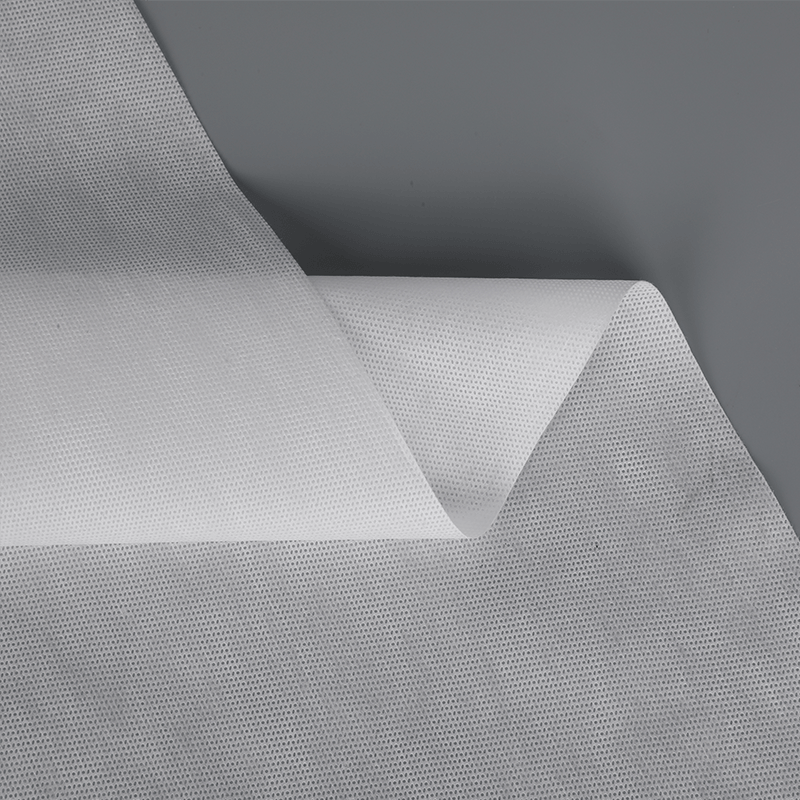SSMMS (Spunbond, Spunmelt, Meltblown, Spunbond) non-woven fabric has emerged as a critical material in various industries, particularly in the hygiene and medical sectors, owing to its unique properties and manufacturing process. This fabric is composed of multiple layers, each serving specific purposes, making it ideal for applications requiring a combination of strength, barrier protection, and filtration.
1. Enhanced Hygiene and Medical Products:
The adoption of SSMMS non-woven fabric has significantly improved the quality and performance of hygiene and medical products. Its multi-layer structure provides excellent liquid resistance and bacterial filtration properties, making it ideal for use in surgical gowns, drapes, face masks, and other personal protective equipment (PPE). The material's ability to prevent liquid penetration and block harmful pathogens has contributed to reduced infection rates and improved patient safety.
2. Cost-effectiveness and Efficiency:
The SSMMS manufacturing process offers several advantages in terms of cost and efficiency. The combination of spunbond and meltblown techniques allows for the production of high-quality fabrics in a single continuous process, reducing production time and costs. As a result, manufacturers can produce large quantities of non-woven fabric at a lower price point, making it a preferred choice for various applications in the hygiene and medical industries.
3. Sustainability and Environmental Impact:
With growing concerns about environmental sustainability, SSMMS non-woven fabric has demonstrated advantages over traditional materials like woven textiles. The manufacturing process typically consumes less energy and generates fewer greenhouse gas emissions. Additionally, some versions of SSMMS fabric can be recycled, further reducing waste and contributing to a circular economy approach.
4. Flexibility and Versatility:
SSMMS non-woven fabric offers versatility in design and performance, allowing manufacturers to tailor the material to specific requirements. By adjusting the composition and layering of the fabric, they can create products with varying levels of breathability, barrier protection, and fluid resistance. This adaptability has expanded its applications beyond healthcare, including use in automotive, agriculture, and construction industries.
5. Global Health and Pandemic Preparedness:
The COVID-19 pandemic highlighted the importance of having robust healthcare systems and readily available medical supplies. The use of SSMMS non-woven fabric in producing face masks, surgical gowns, and other PPE played a crucial role in mitigating the spread of the virus and protecting frontline healthcare workers. The pandemic has accelerated the adoption of SSMMS fabric and driven investments in research and development for further improvements.
6. Growing Demand in Developing Economies:
Developing economies, especially in regions with a rising population and an increasing focus on healthcare infrastructure, are witnessing a growing demand for SSMMS non-woven fabric. The fabric's affordability, coupled with its performance advantages, has made it an attractive choice for governments and healthcare institutions seeking to enhance healthcare standards and combat infectious diseases.
In conclusion, the adoption of SSMMS non-woven fabric has revolutionized the hygiene and medical industries by providing cost-effective, sustainable, and high-performance materials. Its versatility, coupled with its ability to enhance the quality and safety of various products, makes it a significant player in global health and pandemic preparedness efforts. As technology advances and economies continue to develop, the demand for SSMMS non-woven fabric is expected to grow, driving further innovation and improvements in its production and applications.

